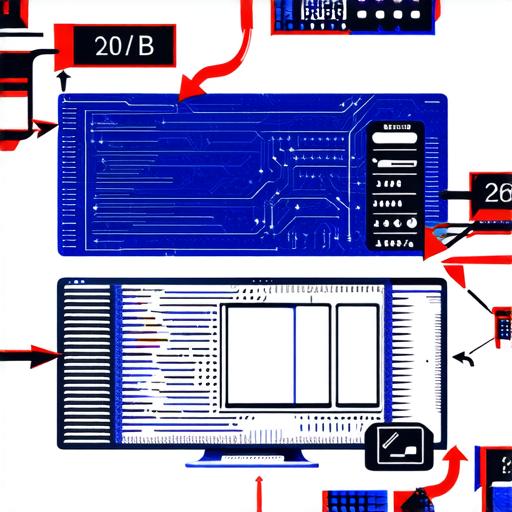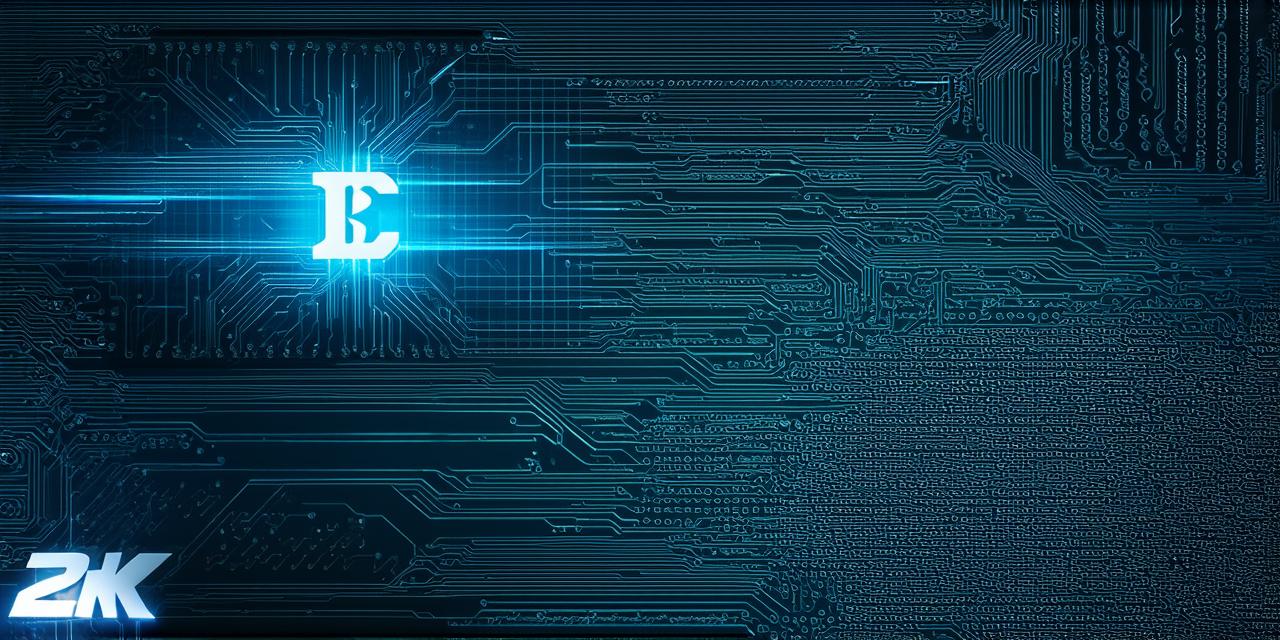Blockchain technology has been gaining popularity for its ability to provide secure and transparent record-keeping systems. One of the key mechanisms that enable this is the process of signing data on a blockchain. In this article, we will explore what mechanism is used to sign data in a blockchain and how it works.
Understanding the Signature Process
In order to understand the signature process, we first need to understand what a digital signature is. A digital signature is an electronic method of verifying the authenticity and integrity of a message or document. It involves creating a unique code that can be used to verify the identity of the sender and the authenticity of the message.
Types of Signatures on Blockchains
There are several types of signatures that can be used on blockchains, including:
- Public-Key Infrastructure (PKI) Signatures: PKI signatures use a public key and a private key to sign data. The public key is used to verify the identity of the sender, while the private key is used to create the signature. PKI signatures are commonly used in blockchain networks that require a high level of security, such as financial institutions.
- Hash-Based Signatures: Hash-based signatures use a cryptographic hash function to generate a unique code that can be used to verify the authenticity of the data. This code is then added to the blockchain, along with the signature of the user who created the code.
- Merkle Tree Signatures: Merkle tree signatures use a hierarchical data structure called a Merkle tree to ensure the integrity of the data on the blockchain. Each node in the tree contains a hash value of the data it represents, and the root node contains a hash value of all the nodes in the tree. When new data is added to the chain, it must first be signed by a specific user before it can be added to the tree.

How Signatures Work on Blockchains
When a user creates a signature for a block of data on a blockchain, they use their private key to create a unique code that represents the data. This code is then added to the blockchain, along with the signature of the user who created it. When new users want to verify the authenticity of the data, they can use the signature and the public key of the user who created it to confirm that the data was indeed created by that user and has not been altered in any way.
Use Cases for Signatures on Blockchains
Signatures on blockchains have numerous use cases across a wide range of industries. Some examples include:
- Financial Services: Signatures are commonly used in the financial services industry to verify the authenticity of transactions and prevent fraud. For example, when someone makes a purchase online, their digital signature is used to confirm that they are the legitimate owner of the credit card being used.
- Healthcare: In the healthcare industry, signatures on blockchains can be used to securely store and share patient data. This ensures that the data remains private and secure while also allowing authorized users to access it when needed.
- Supply Chain Management: Signatures on blockchains can be used in supply chain management to ensure the authenticity of products and prevent counterfeiting. For example, a signature can be added to each package of goods to verify that they were created by the manufacturer and have not been tampered with during transportation.
